Color genetics (general)
First we need to talk about the origin of color. Color is formed in melanocytes which contain a substance called melanine. A color of a dog does not depend on the quality of the melanine but on the quantity.
The melanocytes can secret 2 different sorts of melanine:
-
Eumelanine: this gives a black color when the granulas which contain the eumelanine have an ovoid shape (when it dilutes it gives a blue color). When the granulas have spherical form and are much smaller, they result in a marroon color.
-
Pheomelanine: which results in array of colors going from red fauve (like in the Irish setter) to silvery sable
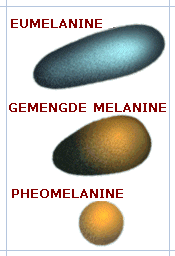
Below you will find an explanation of the different genes that determine the color of the dogs with a picture to help you better understand the outcome of different combinations of genes. For some genes you have more than 2 possibilities. In that case you may have several dominant allels and several recessive allels. I have listed them in order of dominance (the highest on the list is the most dominant, the lowest on the list in the most recessive). Please keep in mind the genetics is a part of science that changes quickly. As recently as August 2010 a new allel on the E locus has been discovered.
Beneath each picture you will often find the use of the "-". A dash means that it doesn't matter what the second gene is because the first gene determines the phenotype e.g. B allel is the dominant allel on the B locus so the presence of 1 B means that the dog is black no matter what the second gene is. Since we can only see the phenotype of a dog, it is very difficult to determine the second gene.
1. Genes that determine the base color
The locus B (for Black)
Dominant: B: the eumelanine is black.
Recessive: b: the eumelanine is marroon.
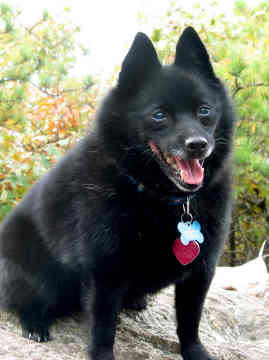
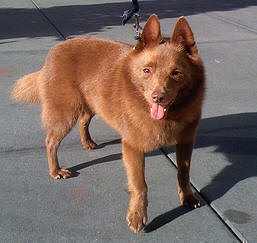
The locus K (for Black) : a relative new gene combining some traits that used to be allocated to other genes
Dominant: KB: Responsible for 1 color in the pigmented parts of the coat. It is a trait that you used to find on the A locus (As). Dogs are entirely Black or Brown (depending on the outcome of the B-Locus)
Recessive: kb: This allele is responsible for the brindle coat which used to be allocated to the E-Locus. The result of the A-locus can be seen in the lighter parts of the dog
Recessive: ky: The most recessive gene in the series. The outcome of the A-locus can be seen without any changes
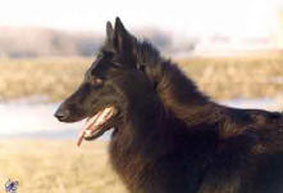
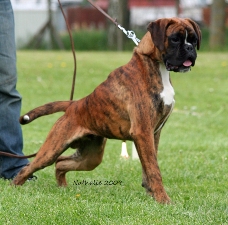
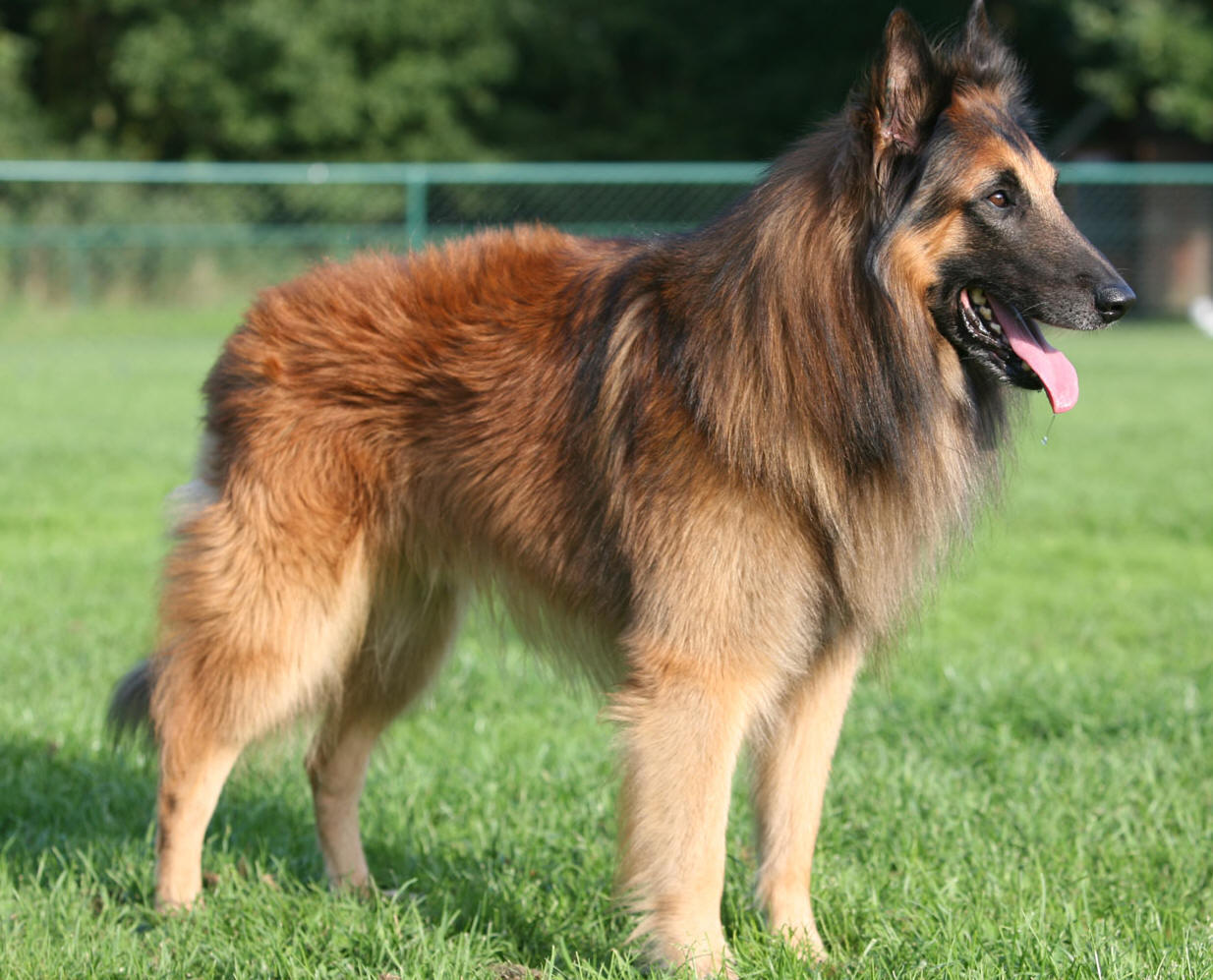
KB-
kbr-
kyky
The locus A (for Agouti)
Dominant: Ay (for yellow): this allel produces fauve charbonné (Tervueren)
Dominant: Aw (for wild): like you find in some German Shepherds (grey bands alternated with black)
Recessive: at (for tan): it produces eumelanine in central regions and phaeomelanine in the extremities
Recessive: a: this produces recessive black
In literature you may also find the asa gene which would code for the typical sadle on the backs of German Shepherd and Chien de Saint Hubert although this would be a hypothetical gene which needs to be proven. The sadle markings can also be explained by the black & tan gene

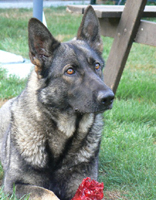
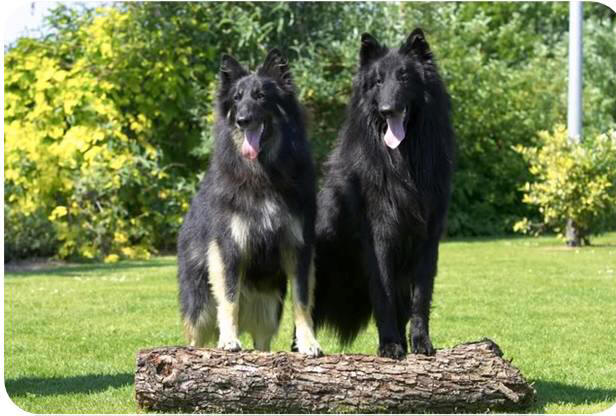
The E locus (for extension)
Dominant: Em (for mask): replaces the fauves by black on certain parts of the body. This allel is responsible for the black mask, ears and triangle on the tail
Dominant: EG: G stands for Grizzle. This pattern is characterized by a pale face with a widow’s peak above the eyes
Dominant: E: this is a neutral allel and does not modify the color that resulted from the A locus
Recessive: e: is the most recessive of this series but when ee is present, none of the allels of the A series can express itself. The only pigment that can be expressed is phaeomelanine and therefore the dog is unicolored fauve.
The gene for Grizzle is a gene that has only been published in August 2010 and is typical for Afghan Hounds, Saluki's and some other hunting breeds

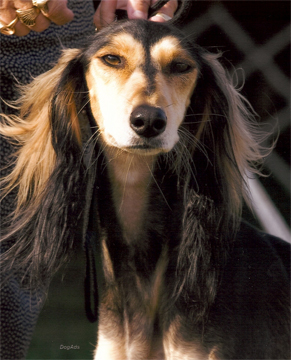
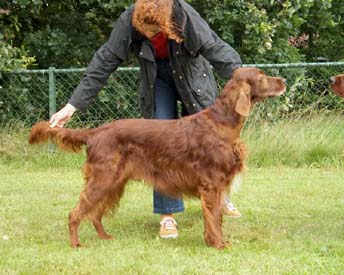
The genes that determine the intensity of the color
The C Locus (for coloration)
This locus determines the activity of the melanocytes and more specifically the quantity of the granules.
Dominant: C: full color, no dilution
Recessive: cch (for chincilla): this gene is responsible for the sable charbonné dog. This gene has no influence on the charbonné as a result of ayay or the allel Em.
Recessive: ce (for extreme dilution): results in extreme lightly colored dogs (ivory or white-cream)
Recessive: ca (for absent): absence of all color in the skin, hair, nose or eyes
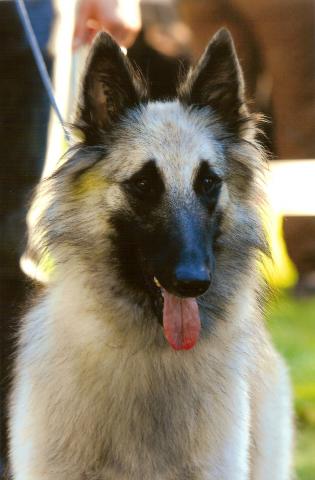
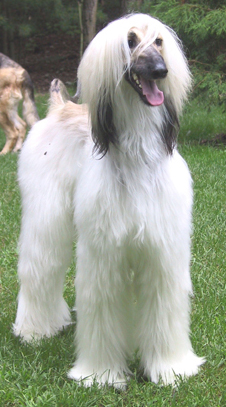
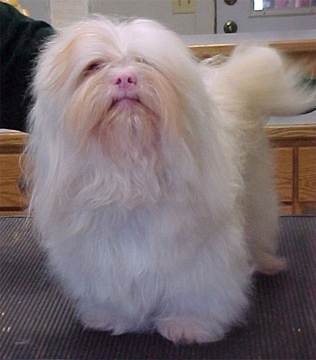
The locus D (for Dilution)
Dominant: D: full pigmentation
Recessive:: d: is responsible for the following discolorations
Black becomes Blue
Marroon becomes Beige
Fauve becomes Sable (this is not so frequent)
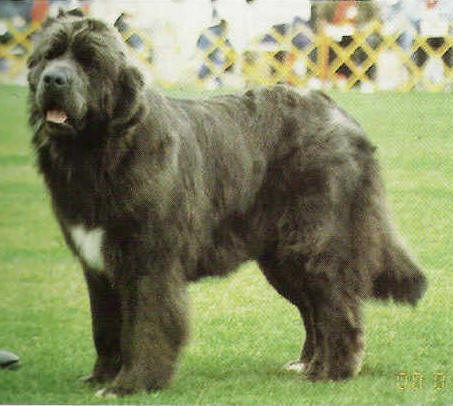
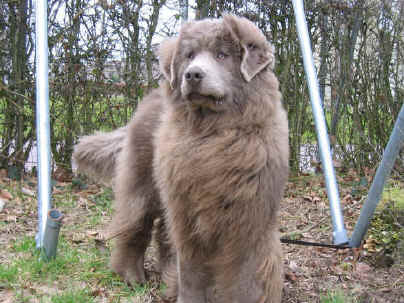
The Locus G (for grisonnement)
Dominant: G: results in a change of the color when the dog gets older (blue becomes grey and marroon becomes beige)
Recessive: g: the color does not change
Typical for certain breeds like the Kerry Blue terrier and the Yorkshire terrier
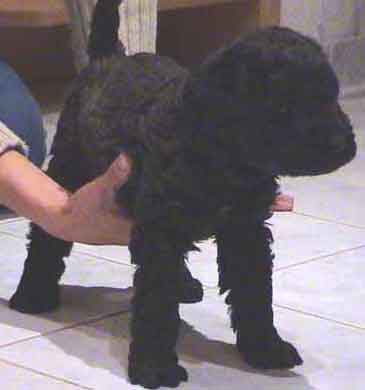
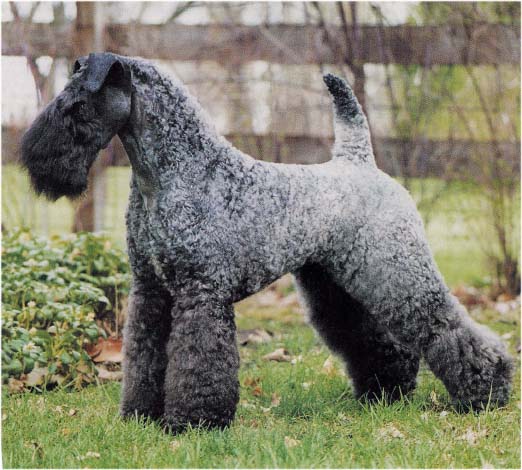
The Locus S for white.
Dominant: S (for uniform): gives a completely colored coat
Recessive: si (for irish spotting): little patches of white hair on toes or chest
Recessive: sp (for piebald): results in white patches
Recessive: sw (for white): nearly completly white (like the bichon frisé)
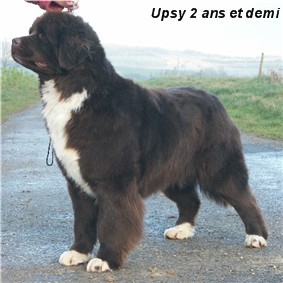
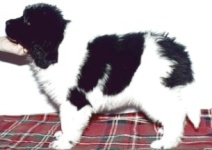

The Locus T for Ticking
Dominant: T: The dog has spots in its white
Recessive: t: The dog has no spots
At present the phenomenon is being studies as the typical roan pattern and harlequin pattern may be determined by a different gene.
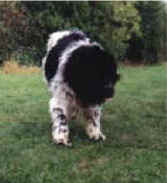
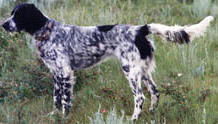
The locus M for Merle
Dominant: M: this forms a Merle pattern
Recessive: m: No merle pattern is formed